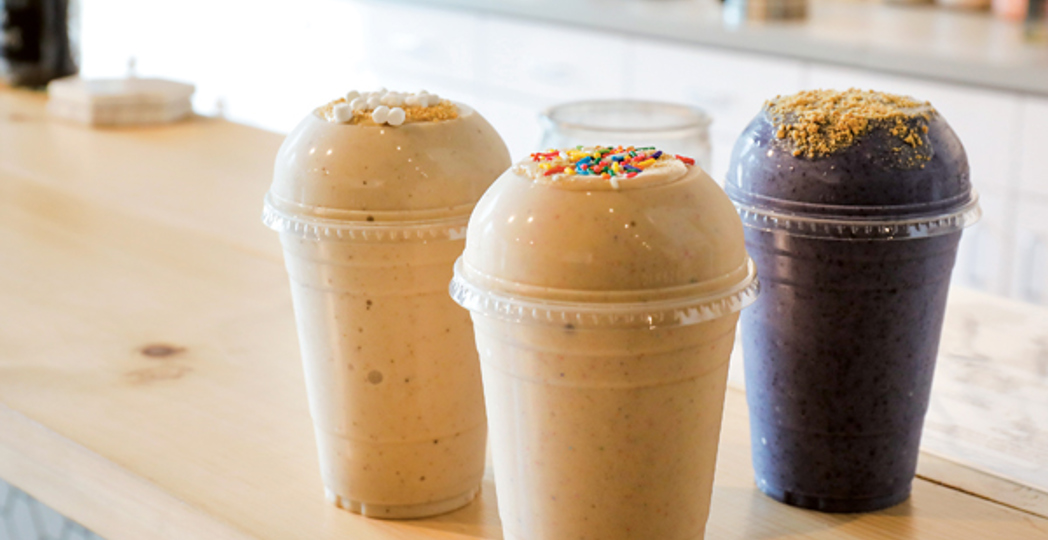Is Herbalife Actually Nutritious?
by Chris Manning | Jul. 23, 2019 | 12:00 PM

Carolina Kane
Associated with a subscription-based fitness and weight management program, the shakes — which include 24 grams of protein, 21 vitamins and minerals, and 12% of the recommended daily fiber intake — are marketed as the key to a healthy lifestyle. Beyond the shops, though, the brand’s business practices have been scrutinized — dubbed a pyramid scheme by some for its development of multi-level local networks to sell and market the products and lifestyle.
In 2017, the Federal Trade Commission forced Herbalife to restructure its business and pay a $200 million settlement. Still, the fad grows, and many Clevelanders find empowerment in the Herbalife community.
“We want to help people be happier and healthier,” says Fefe Jaffal, co-owner of West Park Nutrition, a nutrition club that uses Herbalife powder as the main ingredient in its drinks. “We are trying to make a Starbucks or a Robek’s type feel to it.”
We talked to Jaffal about what attracts her to the Herba-life-style and a Cleveland Clinic health coach about what dieters are missing by replacing meals with a shake.
For: “I just had my daughter and was looking for a way to lose weight. When I found Herbalife, I got started on the products immediately and lost 30 pounds in two months.
I found myself loving what I was doing, feeling healthier than I ever felt in my life before. I took it on as a lifestyle and have been doing it for five years now. It’s a meal replacement —
I drink one shake for breakfast, one for lunch and have snacks in between. These shakes help me be constantly aware of my health. It honestly simplifies things. This is better than running out and getting a doughnut or a bagel or something from McDonald’s. Instead, I’m getting something that is going to make me healthier.”
— Fefe Jaffal, co-owner West Park Nutrition
Against: “I never discourage people from trying something they think will work for them, but these shakes are not a replacement for a well-rounded diet. If they want to include a shake, I’ll see how they can add greens, chia seeds, whole grains, nuts or berries to make it a substantial meal.
If someone switches from eating 700-800 calories of McDonald’s to a 200-300-calorie shake, they are most likely going to lose weight because they are cutting so many calories. But in my experience, people don’t stick to them. Social media is a big influence.
People are looking to validate what they’ve learned from their Instagram fitness expert. We’re having to undo messaging they’ve learned [online].”
— Erin Coates, Cleveland Clinic senior health coach
Trending
-
1
-
2
-
3
-
4
-
5










